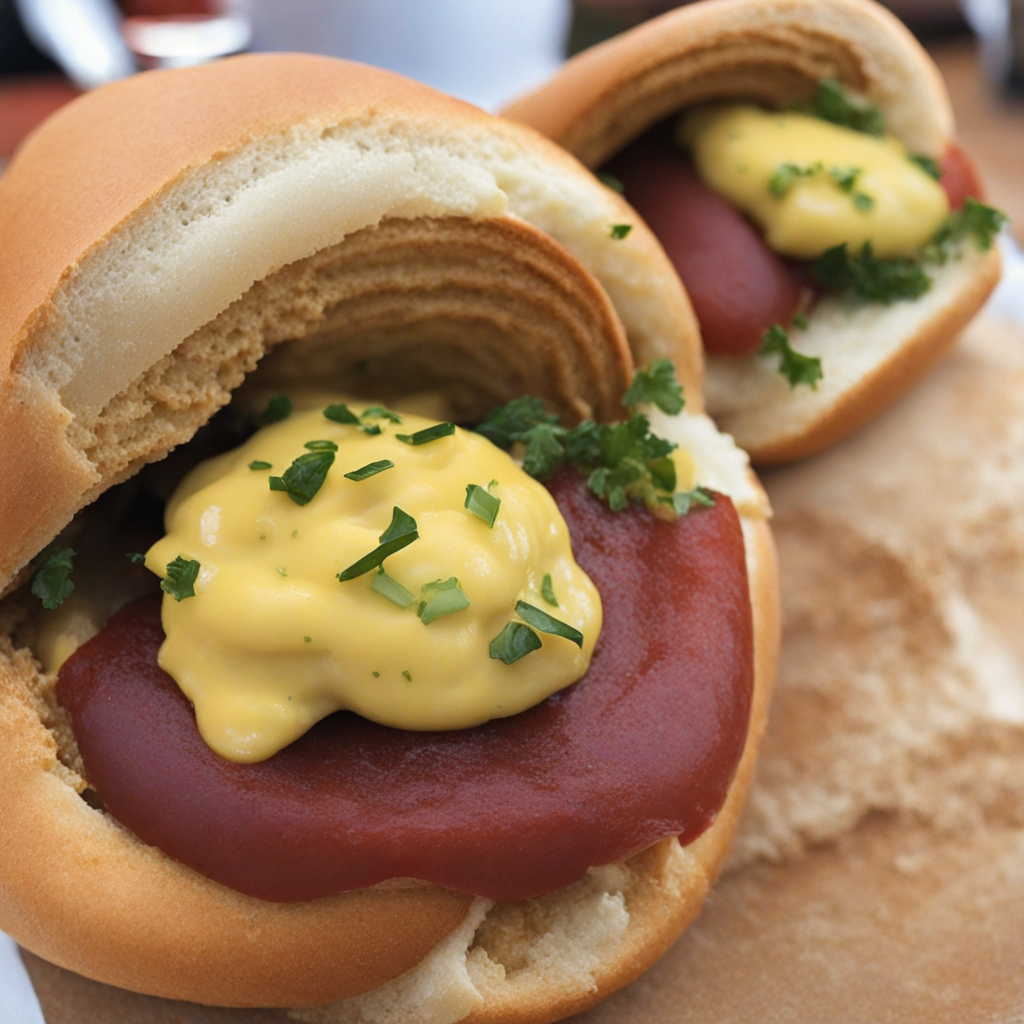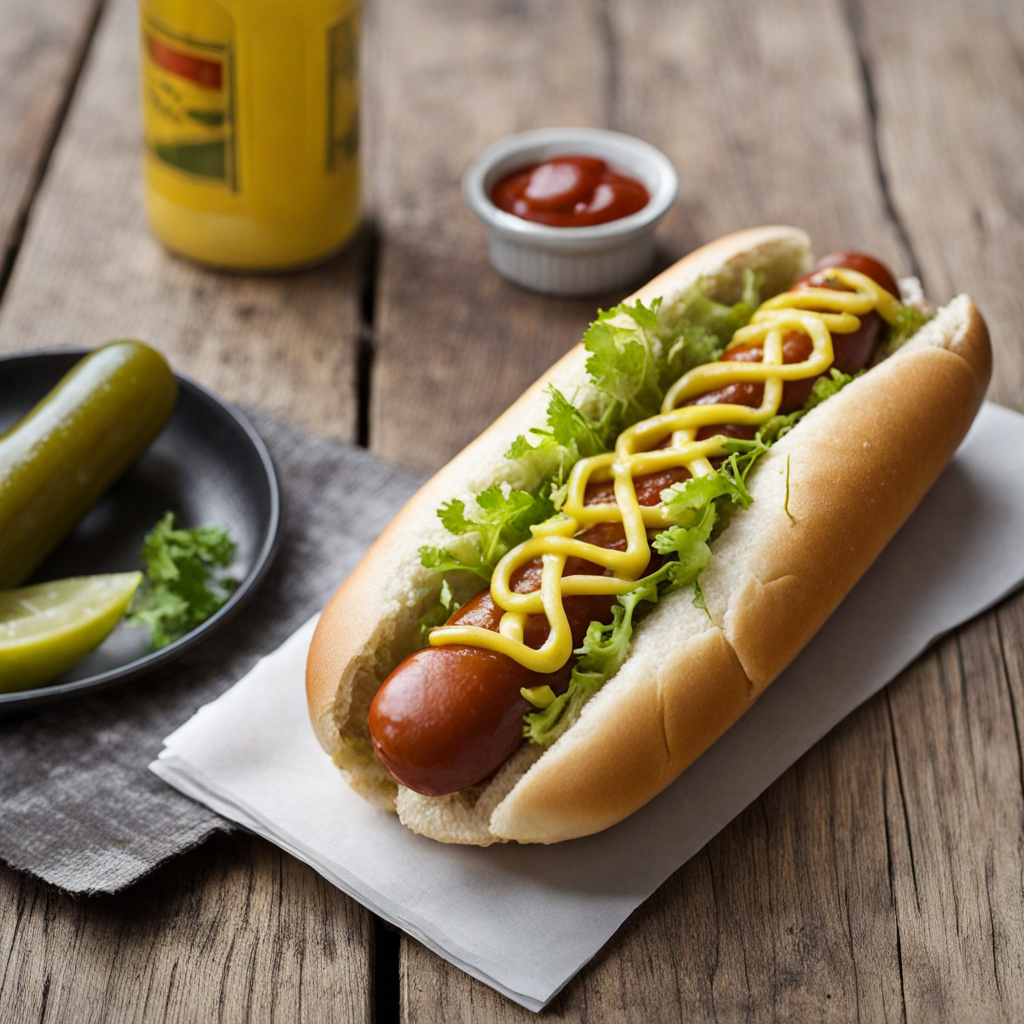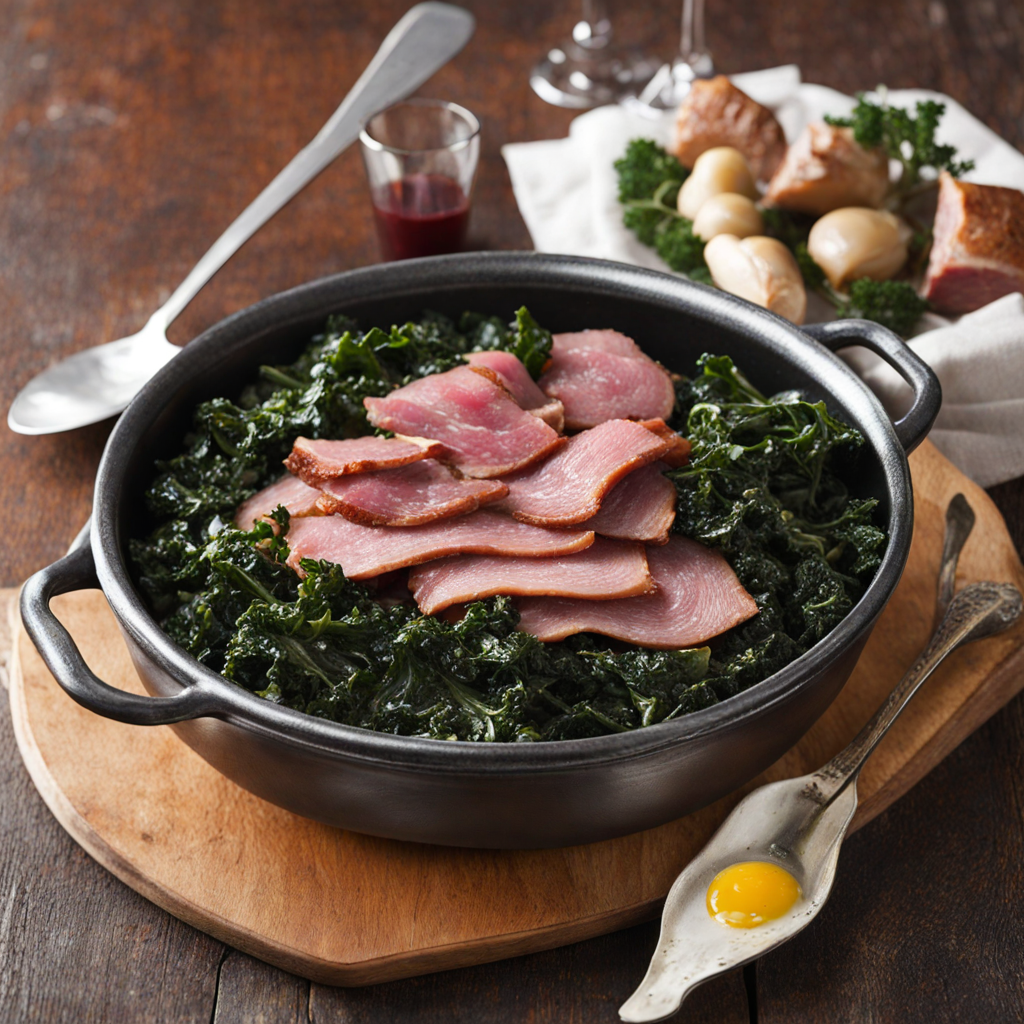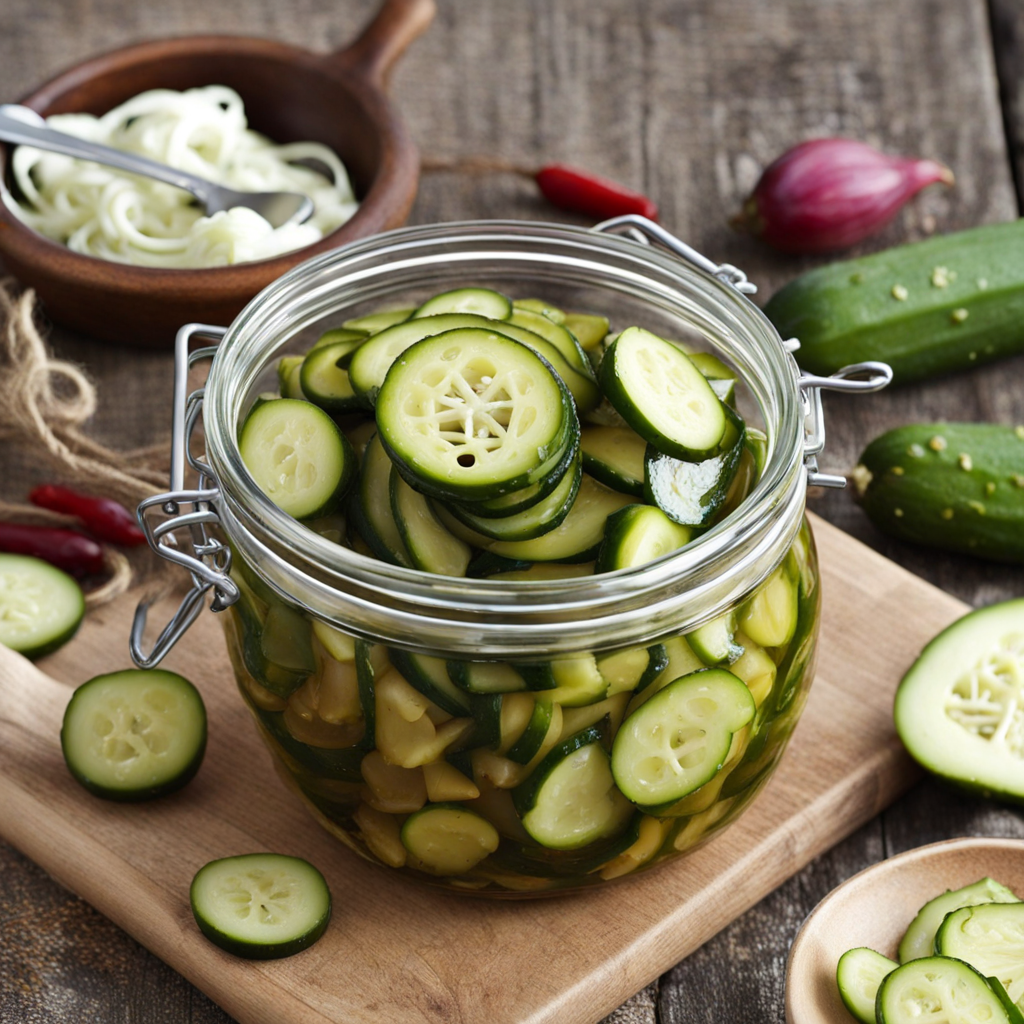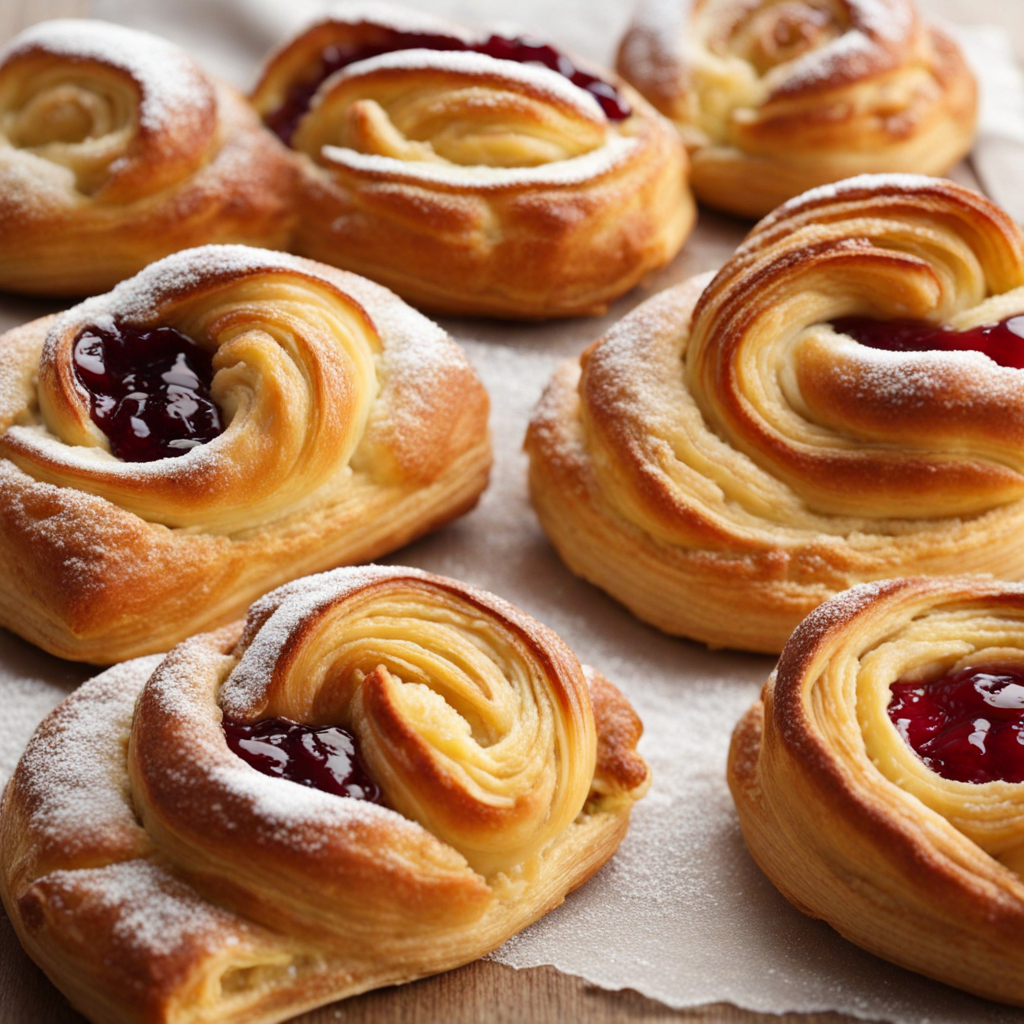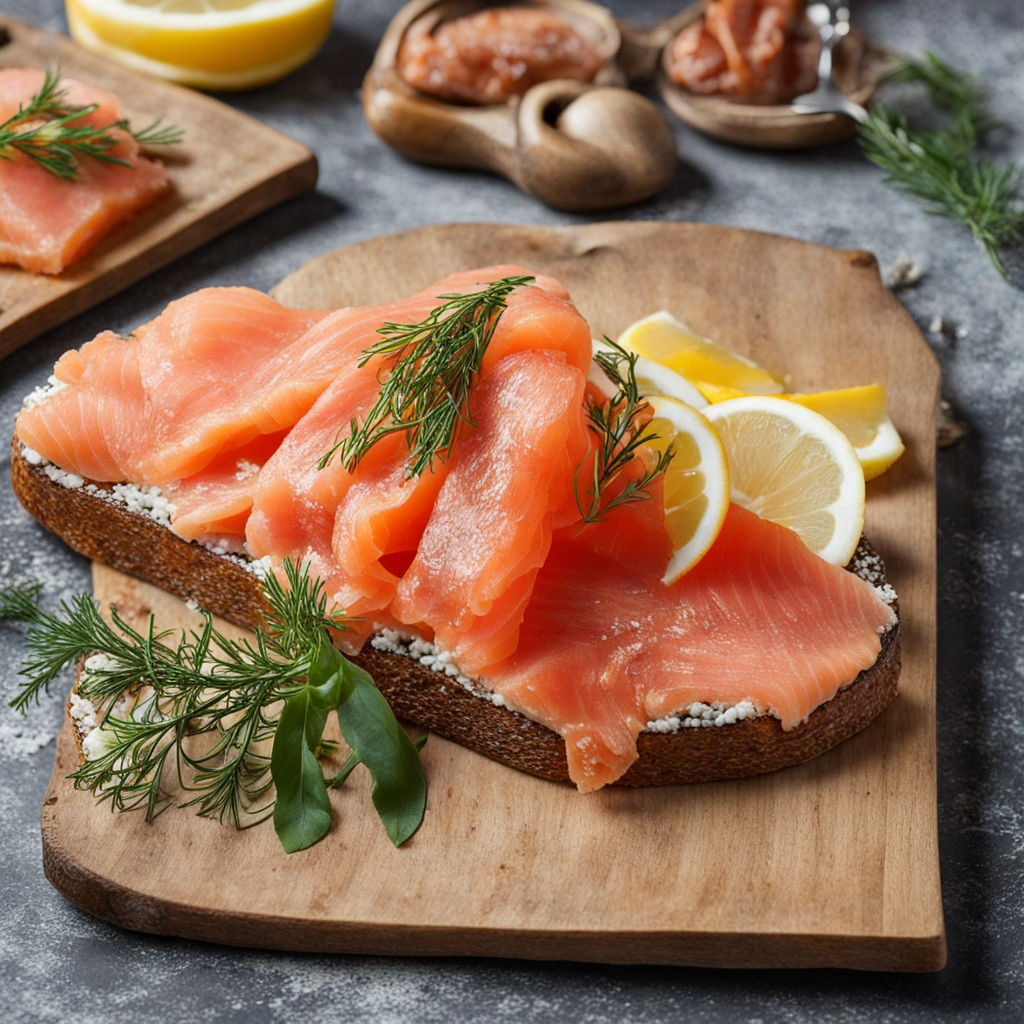Pølse
Pølse is a traditional Danish sausage that showcases the country's culinary heritage and love for hearty, flavorful food. Typically made from a blend of pork, beef, or veal, these sausages are seasoned with a variety of spices that may include garlic, pepper, and nutmeg. The texture is often smooth and juicy, providing a satisfying bite that pairs perfectly with a range of accompaniments. Pølse can be enjoyed on its own or as part of a larger meal, making it a versatile choice for any occasion. One of the most popular ways to enjoy pølse is as a street food, where it's often served in a soft bun, reminiscent of hot dogs but with a distinctly Danish twist. Topped with tangy condiments such as remoulade, mustard, and pickled vegetables, each bite bursts with flavor. The combination of the savory sausage, the rich sauces, and the crunch of fresh toppings creates a delightful experience for the taste buds. In Denmark, pølse stands are commonly found at festivals, markets, and sporting events, making it an integral part of the social food scene. In addition to the classic street version, pølse can also be incorporated into various dishes, such as stews or casseroles, showcasing its adaptability in the kitchen. Some variations even include unique flavors inspired by local ingredients, reflecting the diverse culinary landscape of Denmark. Whether you're savoring it in a bustling city square or trying it at home, pølse offers a delicious glimpse into the heart of Danish food culture, inviting anyone daring enough to explore new tastes to indulge in its rich flavors.
How It Became This Dish
The History of Pølse: A Danish Culinary Delight Pølse, the beloved sausage of Denmark, is more than just a food item; it is a symbol of Danish culture, history, and community. This ubiquitous street food has evolved through centuries, adapting to changing tastes and societal norms while remaining deeply rooted in the country’s culinary tradition. To appreciate pølse fully, one must journey through its origins, cultural significance, and development over time. #### Origins: The Birth of Pølse The story of pølse can be traced back to ancient times, with its roots likely originating from the practices of food preservation in Northern Europe. Sausages have been made for millennia, with archaeological evidence suggesting that ancient Egyptians and Greeks also prepared various forms of sausages. However, it was in the colder climates of Scandinavia where the methods of curing and smoking meats were perfected. In Denmark, the word "pølse" itself is derived from the Latin term "puls," meaning a mixture of ingredients often ground together. The earliest Danish pølser were made from a variety of meats, including pork, beef, and game, and were seasoned with local herbs and spices. By the Middle Ages, these sausages became more refined, often stuffed into casings made from intestines, which helped preserve the meat for longer periods in the harsh Scandinavian winters. #### Cultural Significance: A National Staple Pølse is far more than a simple sausage; it is a cultural icon in Denmark. Its significance is evident in everyday life, from bustling street vendors to festive gatherings. The Danish tradition of consuming pølse is interwoven with social rituals and community bonding. One of the most notable aspects of pølse's cultural significance is its association with Danish street food. The hot dog stands, known as "pølsevogn," are a common sight in urban areas, particularly in cities like Copenhagen. Here, pølsevogn serve as informal dining spots where locals and tourists alike enjoy pølse in various forms. The casual, social atmosphere of a pølsevogn encourages conversation and camaraderie, making it a hallmark of Danish urban life. Pølse also plays a role in various celebrations and events. During the summer months, it is common to see pølse served at festivals, barbecues, and family gatherings. The Danish tradition of "grillaftener" (grilling evenings) often features pølse alongside other grilled meats, highlighting its status as a staple in the Danish diet. #### Development Over Time: From Tradition to Modernity As Denmark moved through the ages, the preparation and enjoyment of pølse evolved. In the 19th century, with the rise of industrialization, mass production techniques began to influence sausage making. This period saw the emergence of factory-produced pølser, which were made more accessible to the general population. The introduction of new technologies, coupled with increased urbanization, led to a greater demand for convenient food options, and pølse fit the bill perfectly. The 20th century brought further innovations in the world of pølse. With the introduction of refrigeration and improved transportation networks, a variety of meats and flavorings became available, allowing for greater experimentation. Different regional varieties of pølse began to emerge, such as "fransk hotdog," which features a longer, softer bun, and "rød pølse," a classic red sausage often served with mustard and raw onions. As Danish culture became more globalized, so did the perception and presentation of pølse. The hot dog, as it is known in many other countries, found its way into Danish cuisine, leading to a fusion of flavors and styles. Today, you can find gourmet pølser with exotic toppings, including avocado, kimchi, and spicy salsas, reflecting a blend of traditional Danish flavors with global influences. #### Conclusion: The Enduring Legacy of Pølse Pølse remains an integral part of Danish identity, embodying the country’s culinary heritage while adapting to contemporary tastes. Its journey from ancient preservation methods to modern street food encapsulates the resilience and creativity of Danish cuisine. In contemporary Denmark, pølse is celebrated not only for its flavor but also for its ability to bring people together. Whether it's at a bustling pølsevogn, a summer barbecue, or a cozy family meal, pølse serves as a reminder of the importance of community, tradition, and shared experiences. As Denmark continues to evolve, so too will pølse, ensuring that this cherished food remains a vital part of Danish culture for generations to come. Whether you are a local or a visitor, enjoying a pølse is an invitation to partake in the rich tapestry of Danish life, one bite at a time.
You may like
Discover local flavors from Denmark


